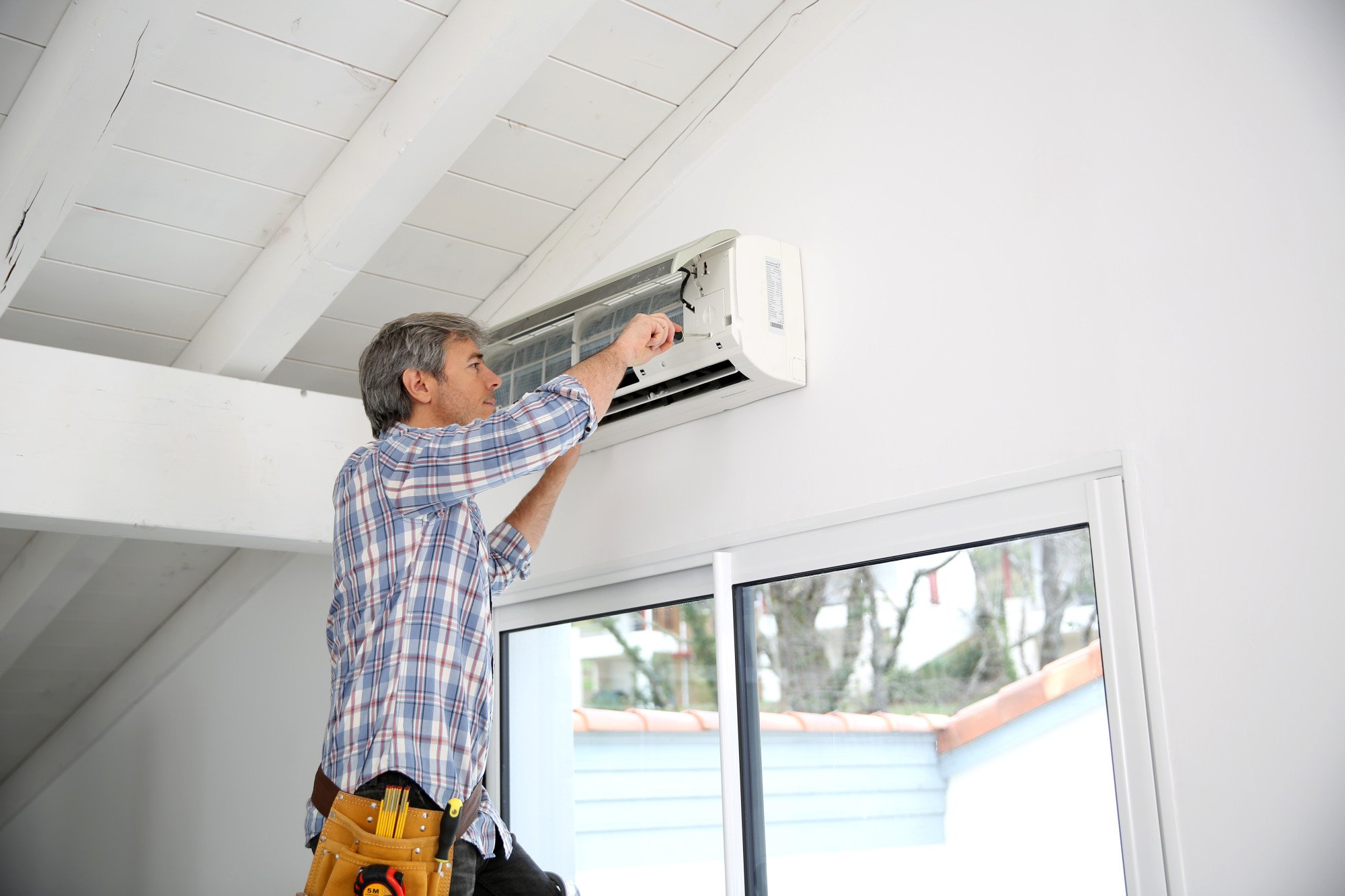Owner's Guide to Managing Plumbing Issues in Rental Units
Owner's Guide to Managing Plumbing Issues in Rental Units
Blog Article
Nearly everybody is bound to have their own individual theory involving Plumbing Maintenance Guide for Tenants.

Handling pipes issues in rental homes successfully is vital for keeping lessee fulfillment and maintaining the property's value. Whether you're a landlord or a residential property supervisor, understanding just how to deal with these common troubles can save you time and money while making certain compliance with lawful duties. Here's a detailed guide on just how to deal with pipes issues in rental properties.
Record Every little thing
Keep thorough records of all reported pipes problems and the actions taken to fix them. Documents must include days, descriptions of the trouble, interaction with lessees, and invoices from professionals or plumbing professionals. This information can be critical for insurance coverage claims, tax obligation deductions, and lawful defense.
Use Qualified Professionals
Constantly make use of qualified and insured professionals for considerable plumbing repairs and installations. This makes sure that the work is up to code and can help prevent obligation concerns in case of mishaps or further damage. It also reassures renters that repairs are being managed expertly.
Establish Clear Interaction
Encourage tenants to report any type of pipes problems as quickly as they occur. Offer several communication channels such as phone, e-mail, or a tenant portal to make it very easy for them to connect. Trigger reactions to these records can avoid small issues from escalating right into major issues.
Enlighten Tenants
Enlighten your renters regarding what comprises a pipes emergency and what does not. Provide standards on how to manage small concerns themselves, such as using a plunger to unclog a commode. Likewise, notify them about what they should stay clear of taking down drains to prevent obstructions, such as grease, coffee grounds, and non-biodegradable items.
Normal Upkeep
Apply a regular upkeep timetable for all plumbing systems in your leasing buildings. Normal checks can aid identify and resolve concerns like leaks, sluggish drains pipes, or corroded pipelines before they become severe. Think about hiring a specialist plumbing to inspect the homes yearly or semi-annually.
Quick Reaction to Emergencies
Have a plan in position for reacting to plumbing emergency situations. This ought to include having the get in touch with info of reputable plumbing services that provide 24/7 emergency fixings. Quick action is necessary to lessen damages in circumstances like ruptured pipes or serious leaks.
Preventive Upgrades
Take into consideration updating older pipes systems and fixtures to much more modern, effective versions. This can reduce the regularity and severity of plumbing problems and lower long-lasting maintenance expenses. It's additionally a marketing point for potential occupants who value upgrades and contemporary attributes.
Lessee Move-Out Inspections
Conduct extensive plumbing checks during move-out inspections to make sure that any concerns are recognized and addressed before a new lessee moves in. This avoids conflicts with new occupants over pre-existing problems and makes certain the residential property is in top problem.
Understand Lawful Responsibilities
Recognize your lawful duties concerning plumbing and basic property maintenance. A lot of territories require landlords to ensure their properties are habitable which all pipes systems remain in good working order. Failing to deal with serious issues immediately can cause lawsuits from lessees.
Occupant Repayments
If a pipes problem requires prompt focus and the tenant solves the issue by themselves, have a clear plan in place for reimbursing expenses. Make sure lessees understand they need to obtain prior authorization for higher-cost repairs unless it's an absolute emergency situation.
Final thought
Dealing with pipes problems in rental properties requires a positive method and great interaction with lessees. By remaining on top of maintenance, reacting promptly to emergency situations, and using certified professionals, property managers can maintain their buildings in excellent problem and preserve excellent connections with renters.
How to Handle Water Damage in a Rental Property
What is Water Damage?
Water damage is harm or destruction caused by water entering areas where it is not supposed to be. It can be caused by a variety of sources and can manifest in different ways. The most common examples of water damage include:
Leaking roof Plumbing leaks Appliance malfunctions Poor drainage Flooding Sewage backup Condensation Tenant negligence HVAC system issues Frozen pipes Is water damage dangerous?
Water damage itself is not inherently dangerous, but it can lead to various hazards and health risks if not promptly and properly addressed. The severity of these risks depends on the extent of the water damage, the source of the water, and how quickly it is mitigated.
Some potential dangers associated with water damage include structural damage, mold and bacterial growth, electrical hazards, water contamination, and pest infestations. In situations where mold and mildew have gone unaddressed, mold can start to develop within 24-48 hours of water exposure, and this can impose a serious health risk to tenants. In particular, mold spores and damp conditions can lead to respiratory issues and even make existing health problems worse, such as allergies, asthma, or immune disorders.
Water Damage in an Apartment - Who is Responsible?
If the water damage is caused by the tenant’s negligence, the tenant is responsible for the cost of repairs. If the water damage is caused by a defect in the property, the landlord is responsible for the cost of repairs. If the water damage is a result of natural causes, such as excessive rain, then the landlord is responsible, since the water intrusion likely occurred due to a defect in the property. Landlord Responsibility water damage in rental property
Since maintaining habitability is the landlord’s legal responsibility, landlords are responsible for any resulting structural damage caused by water damage. These structural damages may include damage to walls, roofs, ceilings, and flooring. If water damage has affected the rental property’s original structure, the landlord is responsible for repairing or replacing those materials. Therefore, landlords should have property insurance that covers the structural components of their rental property so that they can receive help with the costs of covered events.
Preventative measures can also help landlords avoid massive renovations. Preventative maintenance may include conducting regular inspections to identify and address potential water damage before it becomes a major and urgent problem.
If a landlord fails to meet their responsibilities regarding water damage, it can lead to legal disputes and potential liability. Tenants who believe their landlord is not addressing water damage issues in accordance with California law can seek legal advice or contact local housing authorities for assistance.
https://www.goodlifemgmt.com/blog/water-damage-in-a-rental-property/

As an enthusiastic person who reads on How to Handle Plumbing Issues in Rental Properties, I assumed sharing that article post was a great idea. Enjoyed reading our blog? Please share it. Let somebody else find it. I praise you for being here. Please pay a visit to our blog back soon.
Report this page